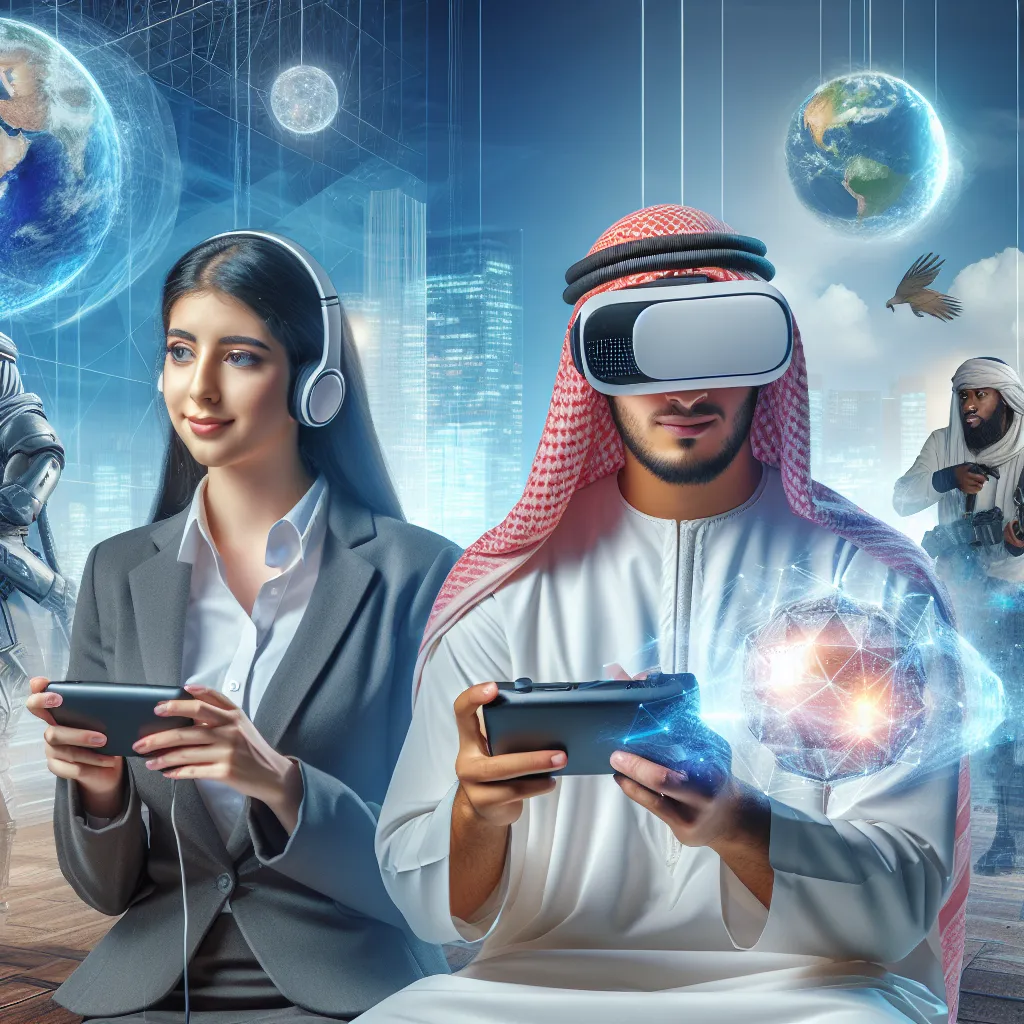The Evolution of Virtual Reality: From Fiction to Reality
The evolution of virtual reality (VR) has been a fascinating journey, transforming from a concept seen only in science fiction to a tangible reality with profound impact across various industries. The concept of virtual reality has been around for decades, with early roots in 19th-century stereoscopic viewers and later popularized by science fiction literature and films. However, it wasn’t until the late 20th and early 21st centuries that technological advancements propelled VR into the forefront of innovation.
Today, virtual reality technology has advanced to a point where it offers immersive and interactive experiences that were once thought to be purely the product of imagination. From gaming and entertainment to healthcare, education, and beyond, VR has found applications in diverse fields, revolutionizing the way we interact with digital content. The rise of affordable VR devices, coupled with developments in software and content creation, has further accelerated its accessibility and adoption.
As VR continues to evolve, it presents opportunities for businesses to create new and engaging experiences for their customers, while also opening doors for innovative training simulations, virtual tourism, and therapeutic applications. With ongoing advancements in hardware capabilities, display resolutions, and interactive technologies, the potential for virtual reality to become an integral part of our daily lives is becoming increasingly feasible.
The journey from fiction to reality has positioned virtual reality as a transformative force with the capacity to reshape our interactions with technology and the world around us. As we delve deeper into the impact of VR across various sectors, it becomes evident that the evolution of virtual reality is not just a technological advancement, but a paradigm shift in how we perceive and engage with digital experiences.
Virtual Reality: Transforming Industries and Experiences
Virtual reality (VR) technology has rapidly transformed various industries and experiences, leading to a profound impact on the way we work, play, and connect with others. Industries such as healthcare, education, entertainment, and automotive have embraced VR, revolutionizing their practices and offering immersive experiences like never before.
In the healthcare sector, VR has opened doors to advanced training simulations for medical professionals, allowing them to practice complex surgeries in a safe and controlled environment. Additionally, VR has proven to be a valuable tool in therapy and rehabilitation, providing immersive environments that can aid in pain management and psychological treatment.
Furthermore, VR has significantly enhanced the educational landscape, offering interactive and engaging learning experiences for students of all ages. From virtual field trips to historical events to immersive science simulations, VR has the potential to make learning more captivating and impactful.
Entertainment and gaming have experienced a seismic shift with the introduction of VR, offering users unparalleled levels of immersion and interactivity. Whether it’s exploring virtual worlds, participating in thrilling simulations, or engaging in multiplayer experiences, VR has elevated entertainment to new heights.
Additionally, the automotive industry has benefited from VR by utilizing it in design processes, prototyping, and virtual showrooms, enabling both manufacturers and consumers to visualize and customize vehicles with exceptional detail and realism.
Overall, the rise of VR has brought forth a wave of innovation, transforming industries and experiences across the board, and its influence is poised to continue expanding in the years to come.
The Future of Virtual Reality: Innovations and Possibilities
Virtual reality (VR) technology has come a long way since its inception, and its future is promising as it continues to evolve and revolutionize various industries. The innovation and possibilities in the field of virtual reality are vast, offering exciting prospects for the technology’s application in numerous areas. One key area of development is the advancement of VR hardware, where companies are constantly pushing the boundaries to create more immersive and comfortable experiences for users.
Furthermore, the integration of augmented reality (AR) and mixed reality (MR) elements into VR systems is opening up new dimensions for interactive and collaborative experiences. This convergence of technologies is likely to redefine how we perceive and interact with the digital world, creating endless potential for applications in gaming, education, healthcare, and more.
Another significant aspect of the future of virtual reality is the emphasis on creating more accessible and affordable solutions. As the technology becomes more mainstream, efforts are being directed towards making VR more user-friendly and cost-effective, potentially leading to widespread adoption in various consumer and enterprise settings.
Moreover, the development of haptic feedback systems and realistic simulations is propelling VR into the realm of truly immersive experiences, with the potential to transform entertainment, training, and even therapy. With these innovations, we can expect to see VR becoming increasingly intertwined with our daily lives, influencing how we work, play, and connect with others.
In conclusion, the future of virtual reality holds endless possibilities, driven by ongoing innovations in hardware, software, and user accessibility. As these advancements continue to unfold, the impact of VR on industries and society as a whole is likely to be profound, shaping a new era of digital experiences and interactions.



